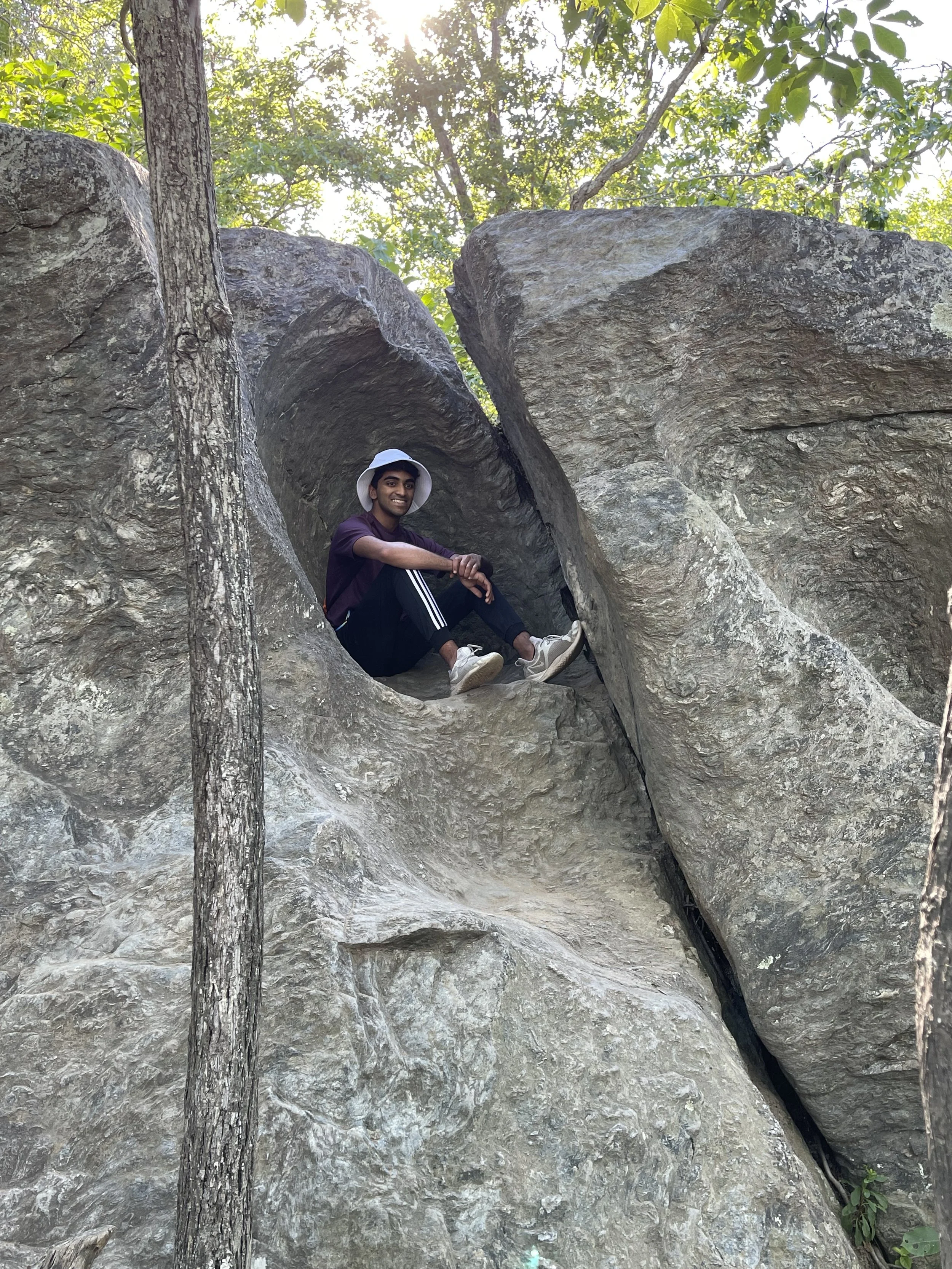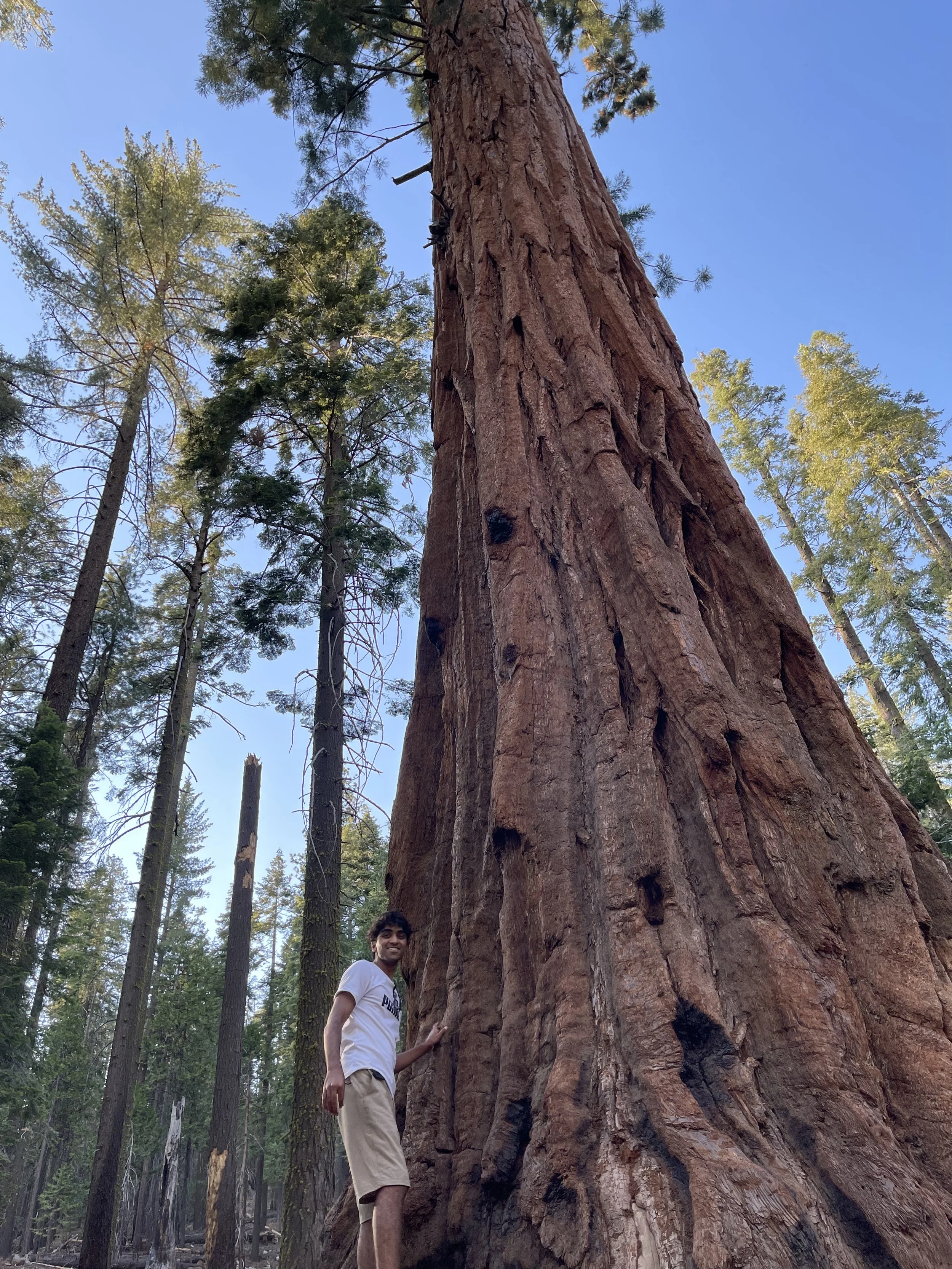People of Harvest Interview Series: Madhava Paliyam
NASA Harvest, NASA’s Food Security and Agriculture Program, is a global consortium with contributions from people of many different backgrounds, specialties, and interests. What unites us all is a dedication to bolstering food security around the world through Earth observation applications, and a shared passion for technology that improves lives. We are proud of the work that we do and the people who produce it. This feature introduces the people of NASA Harvest, showcasing the members of our organization and how their efforts support a food-secure future.
________________________________________________________________
This inaugural segment looks at one of the many undergraduate researchers working with NASA Harvest. Madhava Paliyam, a senior at the University of Maryland, College Park, works with Harvest’s AI Lead Dr. Hannah Kerner on a number of projects. He has been with Harvest since February 2020 and has extensive experience with machine learning, programming, and EO data classification. He is currently working on a Harvest project funded by the Lacuna Fund to gather and classify field data in data-sparse regions across Kenya, Mali, Tanzania, Rwanda, and Uganda. The project is led by NASA Harvest's Africa Program Lead, Dr. Catherine Nakalembe and involves using cameras installed on vehicles to record crops as a driver drives by a field. Madhava is developing a methodology that will segment the resulting footage to determine the distance between the camera and fields and correctly georeference the recorded crops. His work will prove critical in creating thousands of new data points across the project’s countries for future EO analysis as well as being easily replicated in other study sites.
Harvest: How did you first get into machine learning?
Madhava: I actually had no experience with machine learning when I started working for Harvest. When I started with Harvest last Spring semester, I also took a machine learning and a deep learning class. That course really helped me understand the theory and applications of machine learning. Working with Dr. Kerner has given me a chance to apply that knowledge to real problems.
Harvest: How did you come to work with Harvest?
Madhava: I heard about a research position at Harvest through a job ad I found through the university. After learning more about the organization I realized that the work the organization was doing aligned with what I was interested in: machine learning and climate science.
Harvest: What are some of the projects you’ve worked on with Dr. Kerner? Have you gotten to explore different sources of EO data?
Madhava: I have worked on a few different projects. When I started, I worked on classifying cropland from Sentinel-2 data for a data science competition. I then started working on different methods for cropland segmentation from Sentinel-2 and Planet Labs images. During this last semester, I started working on the Lacuna Fund project.
Harvest: Your current work on the Lacuna Fund project sounds really intriguing! Can you please expand on it? What’s the overall goal of the project and how does your work fit into that goal?
Madhava: The goal of this project is to create new crop-type datasets that can be utilized in other earth observation applications. Many machine learning methods that we use at NASA Harvest to create crop type maps require large, diverse datasets and these datasets don’t exist for many regions of the world including sub-Saharan Africa. This project attaches GoPro cameras to vehicles that then drive through the countryside taking pictures of passing fields. We then detect the type of crop captured in the images and find the distance between the car-based GoPro and the field. We then adjust the capture-point GPS (from the car) to the desired GPS (field) by modifying it with the distance we earlier determined. We’ve done this for many points of maize and sugarcane so far. We’re now working on making it more efficient and faster using Google Cloud and are expanding to other crops as well.
Harvest: What have been some of the challenges you’ve encountered so far in creating this workflow?
Madhava: The hardest challenge we’ve run into is labeling enough images to use for training our detection algorithm, and figuring out the best way to validate our predictions to make sure they are correct.
Harvest: The segmentation method you create for this project will allow for future monitoring of food security in the project’s selected countries. How does it feel developing something that you know will have direct benefits on a large number of people?
Madhava: I really like working on projects that have a bigger impact than just research. It’s really cool to know that our work will be used by these countries to help monitor their food security.
Harvest: You’re about to start your final year in undergrad. How does it feel to be working on these kinds of projects at such an early point in your career?
Madhava: I’m really thankful for the opportunity to get to work on these projects. Dr. Kerner is an amazing mentor. She gives me a lot of freedom to explore different types of projects and approaches which is not the case in most internships.
Harvest: You’re planning on graduating in May 2022. Do you have any plans for what you want to do after graduation? Do you want to stay in ML/EO science?
Madhava: I’m not completely sure yet. I am definitely planning on going back to school after I’ve had a few years of work experience to earn my master’s or perhaps even my PhD. I think ML/EO science is an awesome field and it would be one of my top choices to work in.



